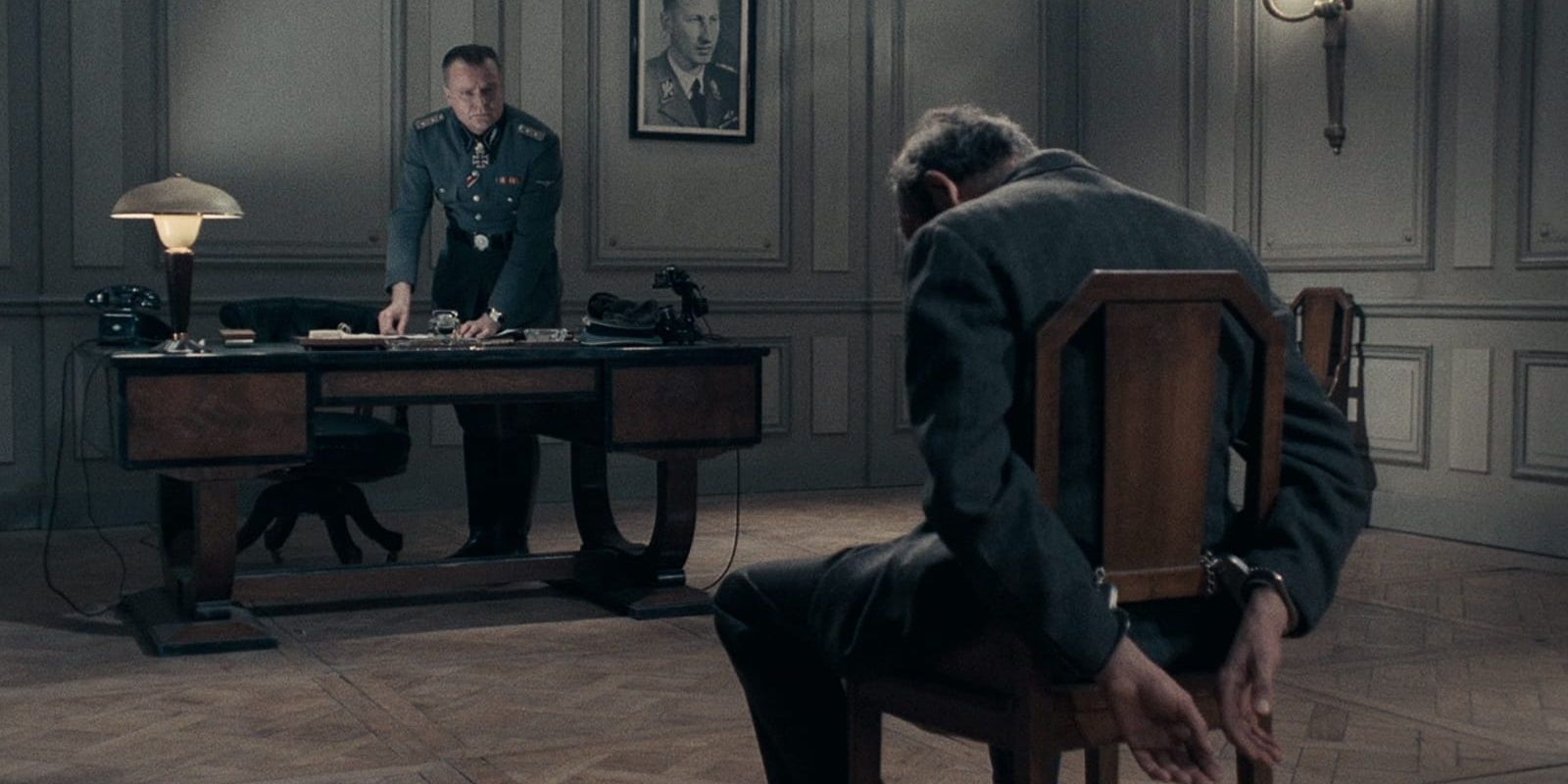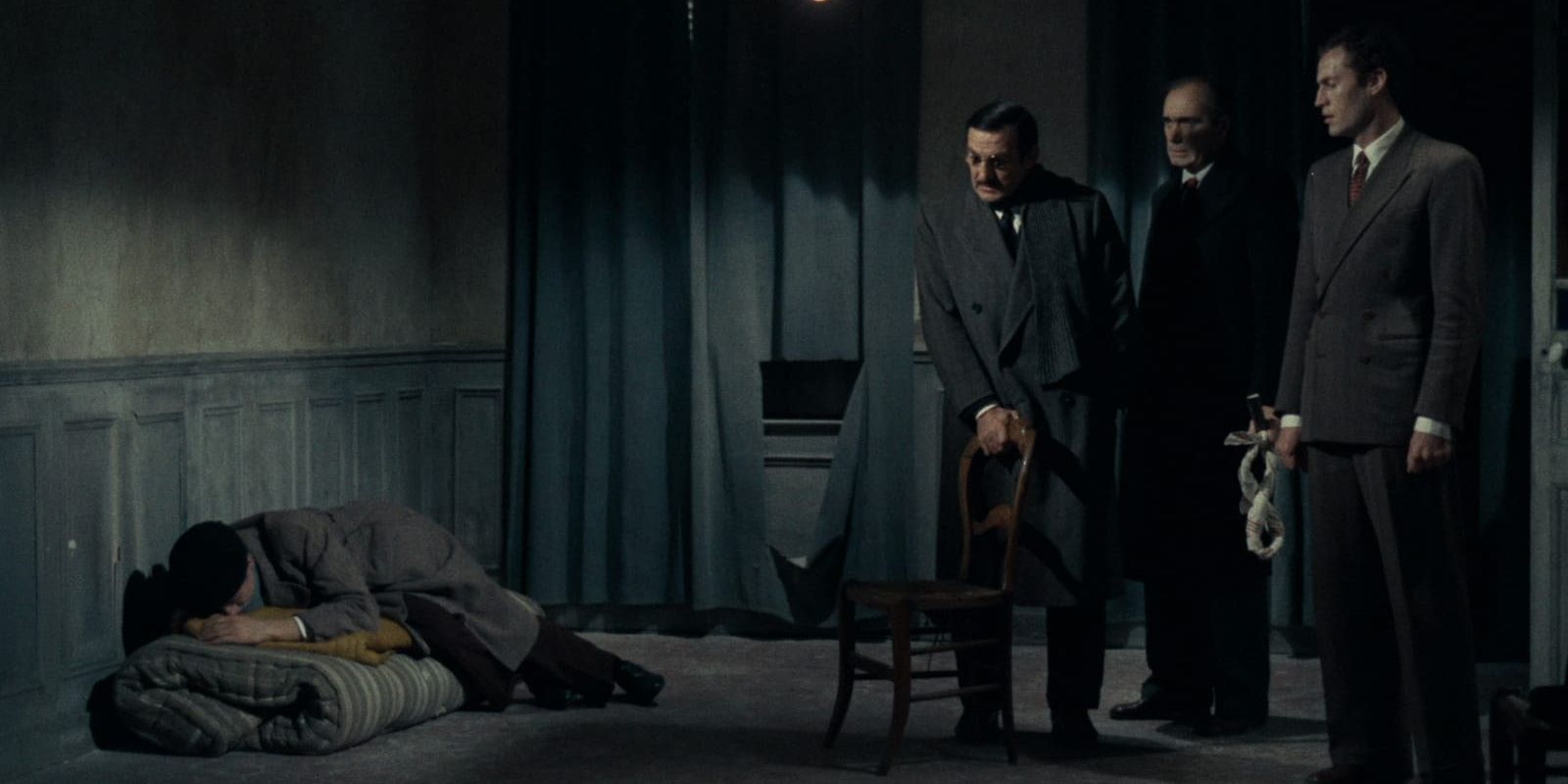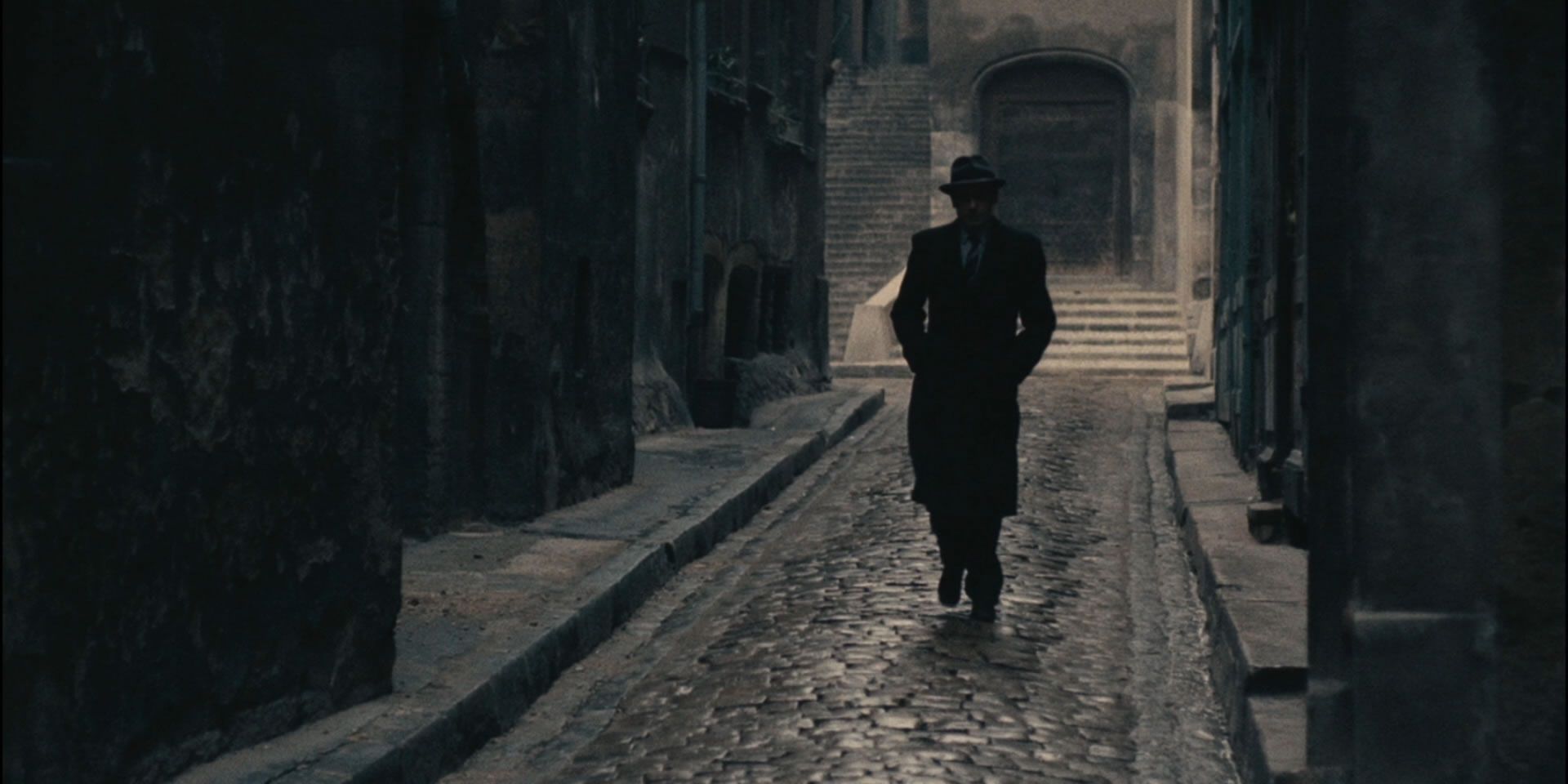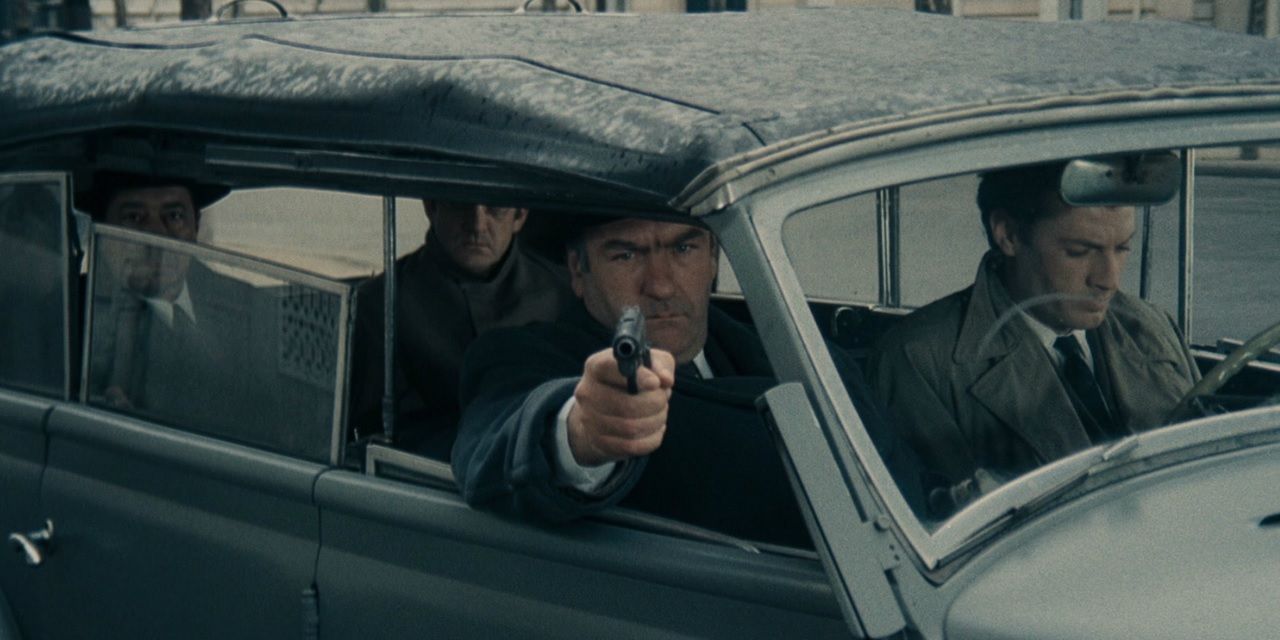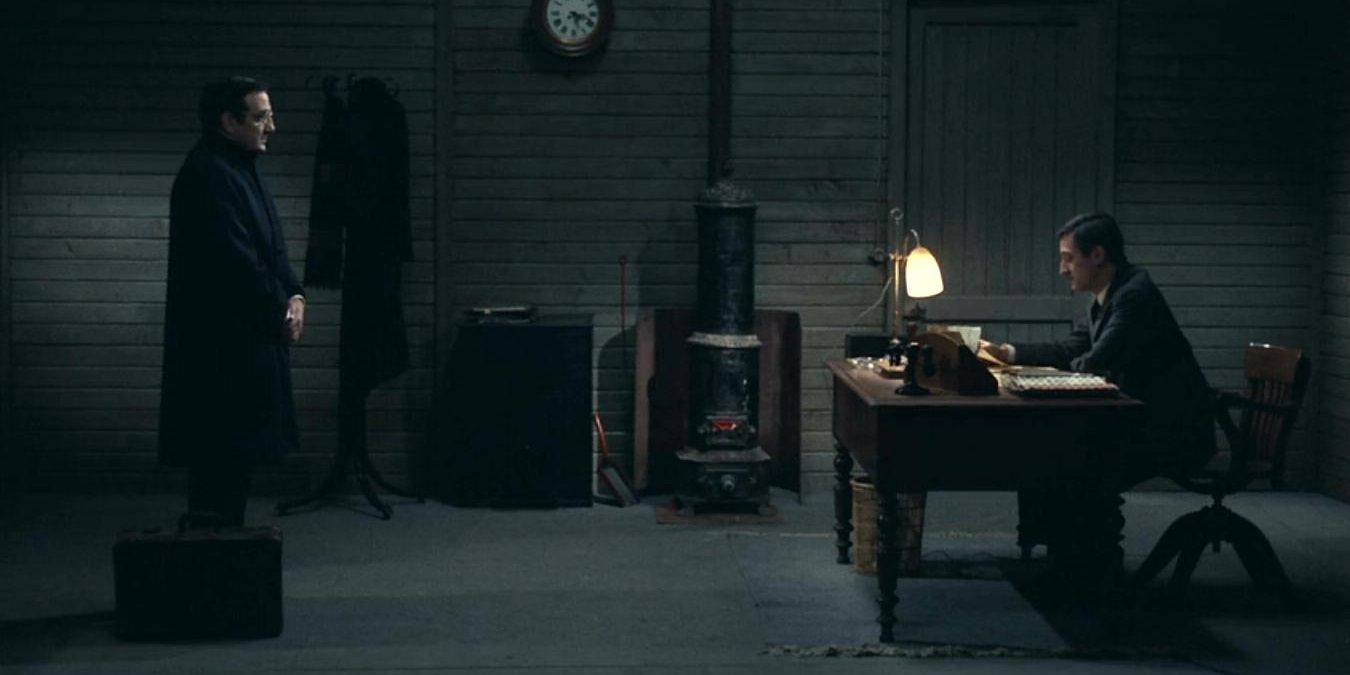Jean-Pierre Melville’s Army of Shadows is an impeccably crafted docudrama about the French Resistance told from the perspective of Resistance fighters moving between safe houses, assassinating informants, and constantly looking over their shoulder for the inevitable arrival of their own killers. Despite its semi-fictionalized storytelling, it’s a masterpiece of World War II-related cinema. But it’s rarely included on lists of the best WWII movies, because it was instantly dismissed upon release in 1969.
Army of Shadows offers a spot-on snapshot of the Resistance’s operations in the early 1940s, but by the time the movie hit theaters in 1969, French audiences viewed Charles de Gaulle (depicted in the movie as the leader of government-in-exile Free France) in a very different light. In the May of 1968, the French economy came to a halt and de Gaulle responded to widespread protests against his leadership by fleeing the country and seeking refuge in Germany.
By presenting Resistance fighters as the protagonists, Army of Shadows inherently glorifies de Gaulle. The May 68 controversy added an unintentional irony to a scene in the film in which one of the central characters is decorated by de Gaulle for his bravery in the face of adversity. Unsurprisingly, French critics in 1969 eviscerated Melville’s masterpiece based on that aspect alone. Since French critics had panned Army of Shadows across the board, most overseas distributors didn’t bother to pick it up and it remained unreleased in most foreign markets for decades. The movie didn’t get a U.S. release for nearly 40 years – but when it did finally get in front of the eyes of American critics, it was instantly reappraised as a misunderstood gem.
Shot With Documentary-Like Realism
Much like his game-changing crime movie classics Le Samouraï and Le Cercle Rouge, Melville shot Army of Shadows with an almost documentary-like realism. The camera movements are perfectly staged with fluid, smooth execution by cinematographers Pierre Lhomme and Walter Wottitz. The style is the lack of style, but every frame is still beautifully composed and filled with visual storytelling. Lhomme and Wottitz helmed some of the finest cinematography in the spy genre for Army of Shadows. The visuals aren’t overly stylized, but they’re deeply cinematic. Their breathtaking wide shots of each new location are seamlessly stitched into the briskly paced flow of the editing by Françoise Bonnot.
As seen in Melville’s gangster movie classic Le Doulos, the chase scenes in Army of Shadows are captured in long tracking shots of people running. Melville and his cinematographers capture familiar genre hallmarks in a unique way, like lensing an establishing shot of a guard tower through out-of-focus barb wire in the foreground. A less-than-graceful parachute jump sequence with a clumsy landing offers a sharp counterpoint to all the perfectly executed parachute landings seen in less realistic spy movies. Lhomme and Wottitz shoot harrowing scenes set in concentration camps with bleak minimalism to create a visceral, tangible reality, because the reality of a concentration camp is horrific enough. László Nemes’ powerful Holocaust drama Son of Saul achieved a similar effect with lengthy over-the-shoulder tracking shots.
Lhomme and Wottitz dive into the film’s themes from the offset. The opening shot of soldiers marching through an empty street is beautifully solemn and haunting and also hints at the emptiness of military tradition as the movie is about to explore the dire, brutal cost of war. The cinematographers use a lot of two-shots, with midshots and closeups kept to a minimum. The audience rarely gets a clear look at a character’s face – which is appropriate, considering they’re all covert spies who are always on the move. It also helps to give the closer, more intimate shots more impact and resonance. The camera rocks with the boats and submarines, making the audience feel like they’re actually on the water with them. A wide-angle shot of a submarine submerging in the ocean offers a striking contrast to the ground-level perspective.
Like a classic film noir or an old-school spy movie (two obvious frames of reference here), Melville makes terrific use of silhouettes throughout Army of Shadows. This stylistic flourish continues the “shadow” motif established by the title. The eponymous “army of shadows” refers to the recurring theme in the film that while Resistance spies are lurking in the shadows, watching unsuspecting targets from afar, unbeknownst to them, an enemy spy is also lurking in the shadows, watching them from afar. Music is used sparingly, which adds a layer of realism because soldiers don’t usually hear any music on the battlefield. But when Melville does utilize a musical score (composed by Éric Demarsan), it’s beautiful, romantic, sweeping, classical, cinematic music.
Hints Of Kubrickian Dark Humor
The source novel by Joseph Kessel was a first-hand account (albeit fictionalized), so there’s a real sense of authority in its portrayal of the Resistance. Army of Shadows paints its protagonists as true heroes, showing nobility and compassion in the heat of battle, but its portrait of the Resistance as a whole – and acts of war in general – is decidedly unglamorous.
The movie has a dense plot with a lot packed into it, but it never feels overstuffed because Melville strikes the perfect pace, letting the plot breathe without ever losing any momentum. Melville’s screenplay is a masterwork of economic plotting and character-driven historical drama. And it’s not just a thrilling tale of espionage; on top of that, this story has a strong existential throughline in the Resistance fighters knowing their most likely fate is execution.
Melville includes a few hints of Kubrickian dark humor to point out the inhumanity of war. An assassin promises, “I swear you won’t suffer,” before strangling his helpless target as they’re tied to a chair. Seconds later, the target is screaming in pain as they slowly die. And the movie’s biting irony goes both ways: sadism is punished, too. An S.S. officer allows the prisoners marked for execution to flee for their lives so his officers can enjoy the twisted pleasure of shooting a moving target. This sick game allows one of the Resistance fighter protagonists, Gerbier, to escape from the Nazis’ clutches. If the officer didn’t drag out the execution to have some sadistic fun, Mathilde’s team wouldn’t have had the chance to extract Gerbier.
The final scene uses title-cards to reveal the grim fates of each of the protagonists. The dates and causes of their deaths are unnervingly juxtaposed against graphic post-assassination closeup shots. All these characters that the audience has become invested in will die gruesomely in a matter of months by horrific methods like torture and beheading. Most war movies get swept up in a three-act structure and become focused on emotional closure by the end. The war movies that really sink their hooks into the unforgiving consequences of war – like Paths of Glory, Apocalypse Now, and indeed Army of Shadows – remain focused on their bleak anti-war message to the bitter end.

